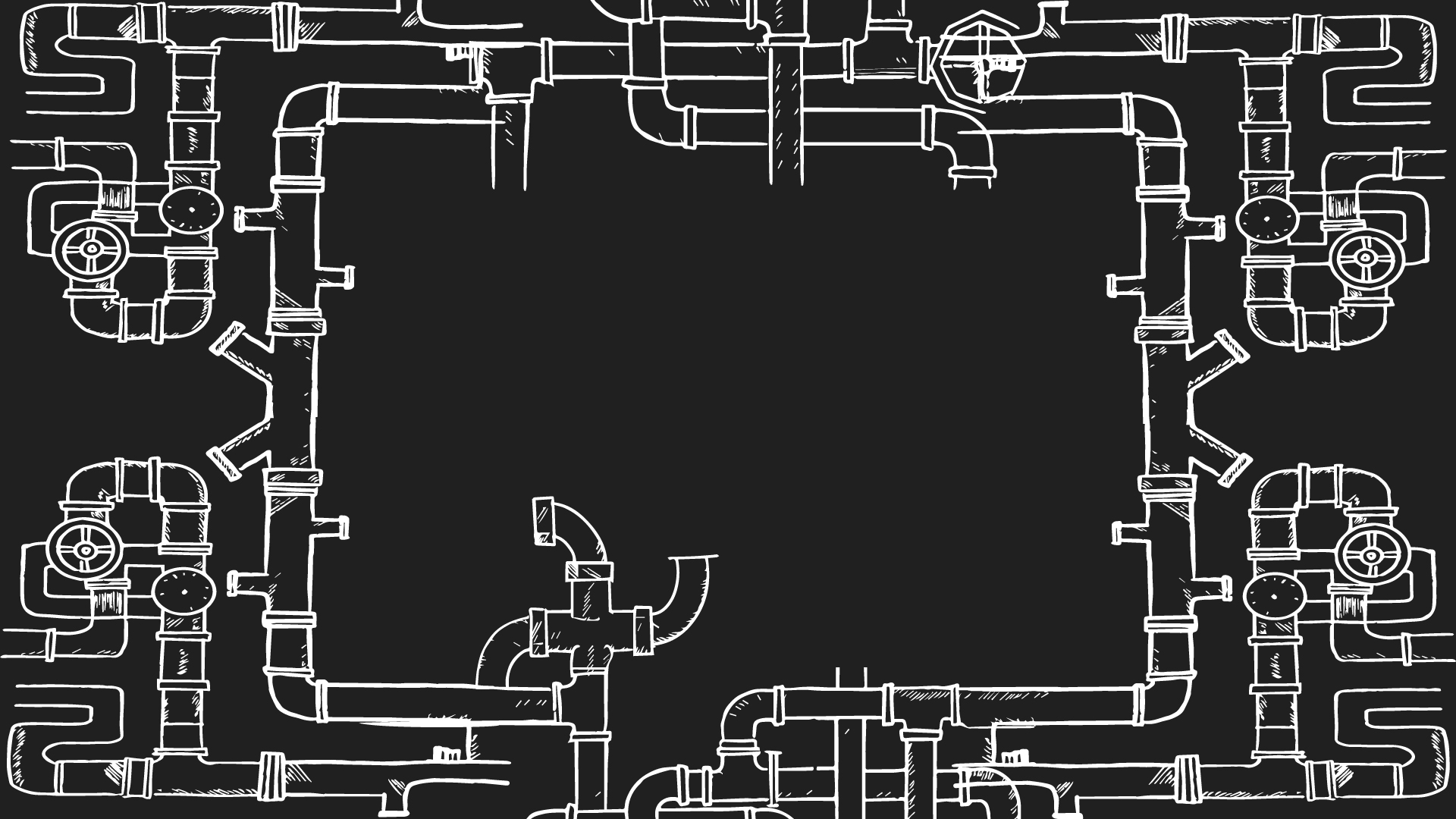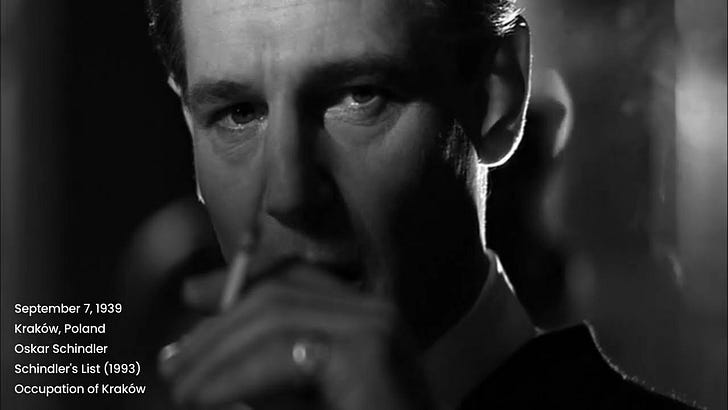Western European marriage pattern
The Western European marriage pattern is a family and demographic pattern that is marked by comparatively late marriage (in the middle twenties), especially for women, with a generally small age difference between the spouses, a significant proportion (up to a third) of people who remain unmarried, and the establishment of a neolocal household after the couple has married. In 1965, John Hajnal posited that Europe could be divided into two areas characterized by a different patterns of nuptiality. To the west of the line, which extends approximately between Saint Petersburg, Russia, and Trieste, Italy, marriage rates and thus fertility were comparatively low and a significant minority of women married late or remained single and most families were nuclear; to the east of the line and in the Mediterranean and particular regions of Northwestern Europe, early marriage and extended family homes were the norm and high fertility was countered by high mortality.[ 1] [ 2]
In the 20th century, Hajnal's observations were assumed as valid by a wide variety of sociologists. However, since the early 21st century, his theory has been routinely criticized and rejected by scholars. Hajnal and other researchers did not have access to, or underplayed[ 3] nuptiality research from behind the Iron Curtain which contradict their observations on central and eastern Europeans.[ 4] [ 5] Though some sociologists have called to revise or reject the concept of a "Hajnal line," other scientists continue to cite Hajnal's research on the influence of western European marriage patterns.[ 6] [ 7] [ 8]





















